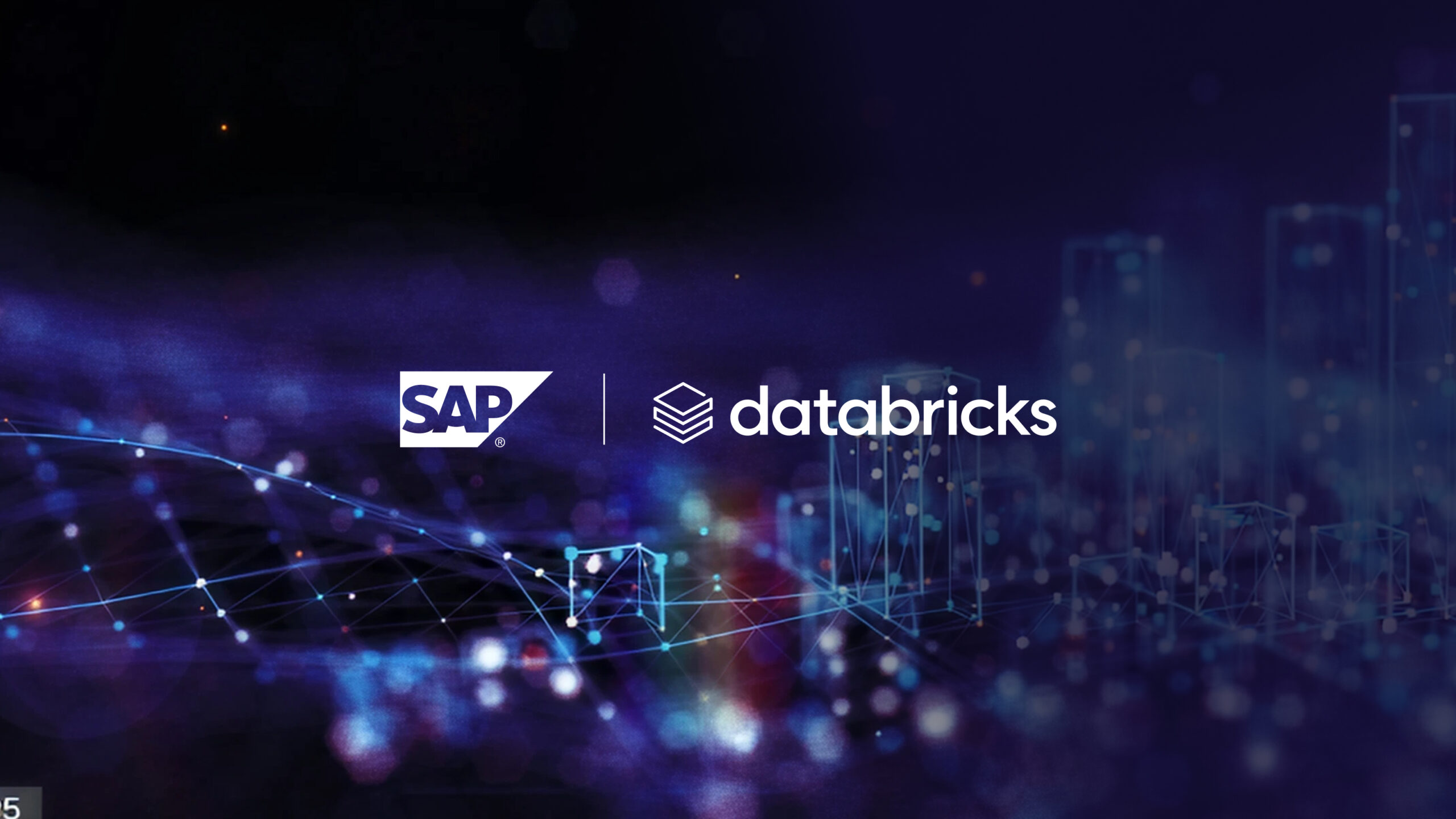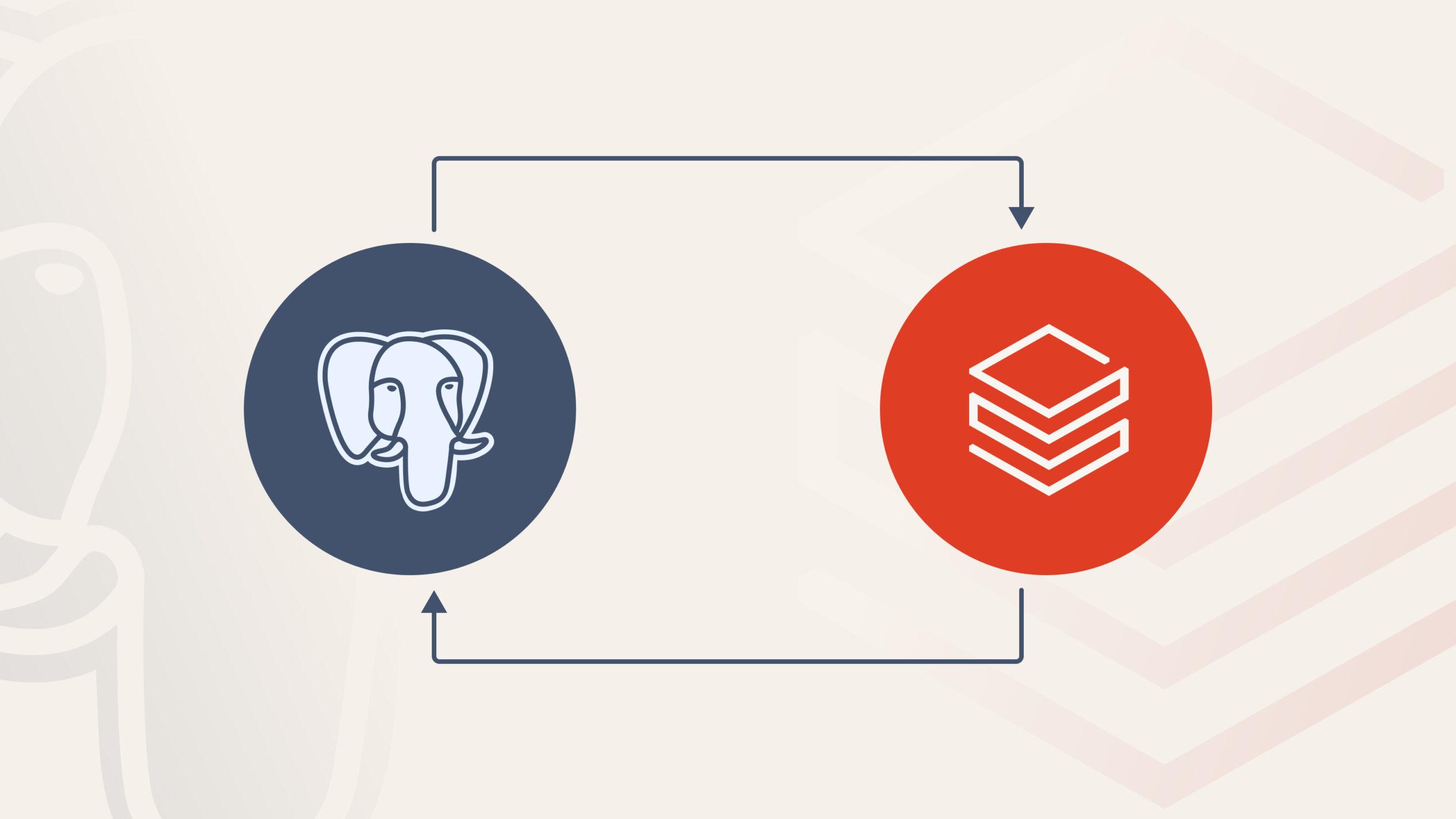Product manager and project manager roles are often confused due to their similarities in terms of skills and expertise. However, their responsibilities are completely different.
A product manager is responsible for determining what to build while a project manager focuses on figuring out how to build it.
To better understand the difference between product manager and project manager, let’s consider the following example.
Imagine you want to throw a big party. Your first step would likely be to hire an event planner. The event planner will gather details from you, such as your expectations and requirements for the party. Based on this information, the event planner will create a plan and coordinate with various vendors, such as a caterer, florist, and DJ, to ensure the party is a success.
In this example, the party is the product, the event planner is the product manager, and the caterer and florist are project managers who lead their respective teams to achieve specific goals, such as providing good music and creating a beautiful ambiance.
Now, let’s define the terms product and project.
Product vs project

What is a product?
A product is anything that meets the user’s needs or solves a problem. It can take the form of a physical product, software, service, application, system, or platform. To ensure the success of a product, it is important to manage its lifecycle effectively. The product lifecycle consists of various phases, including planning, development, launch, improvement, and maintenance. The lifecycle of a product continues until it is no longer needed in the market, but there is no predetermined duration for this lifecycle.
What is a project?
A project is necessary to develop a product. To ensure the success of a project, specific tasks must be completed within a defined timeframe. The project follows various phases, including initiation, planning, execution, monitoring, and closure. Unlike a product, a project has a start and end date, making it a temporary endeavor. Once the project achieves its goal of developing a product, it concludes.
Now that we have clarified the distinction between a product and a project, let’s discuss the difference between a product manager and a project manager.
What does a product manager do?
In simple terms, a product manager is a strategic thinker who is often referred to as the CEO of a product. The product manager is responsible for managing the entire lifecycle of a product, which includes ideation, planning, design, development, launch, marketing, maintenance, and improvement. They develop an overall strategy and product plan, ensuring that everything is implemented according to the plan. Their goal is to deliver the right products and features that satisfy the target audience within budget, on schedule, and with the highest quality levels.
What does a project manager do?
In simple terms, a project manager is someone who gets things done. They are also known as the COO (Chief Operating Officer) of a project. A project manager is responsible for turning a project idea into a reality within a specific timeframe. They are also responsible for managing the project and its lifecycle, which includes initiation, planning, execution, monitoring, control, and closure. The project manager ensures that the project is completed on schedule and within the allocated budget. They accomplish this by planning and scheduling the project, coordinating resources (both people and equipment), communicating progress and deadlines to stakeholders, resolving conflicts and issues, and ensuring that everything stays on track and on target.
Responsibilities of a product manager vs project manager

To learn more about the differences between product manager vs project manager roles, let’s talk about their responsibilities in-depth now.
Responsibilities of a product manager
According to Peter Drucker, the father of modern management, the product manager is responsible for ensuring that a company’s products are “relevant, desirable, and feasible.” To achieve this, a product manager handles numerous crucial tasks, which can vary depending on the scale of the organization and the specific team. However, there are some common tasks that most product managers perform, including:
Develop a product strategy
The product manager engages with the target user to gather their needs, concerns, and requirements. This data is then used to identify opportunities and develop solutions that can be transformed into a product. Additionally, thorough research must be conducted to understand the existing options available in the competitive market. Some important questions to consider during this research are:
- What are the current products available?
- What user needs do these products address?
- What is the average price range for these products?
- How can we offer an improved version of our product at a justifiable price point?
- What unique features or services can we incorporate to make our product the top choice for consumers?
- Does this product align with customer and business objectives?
Once the product manager has gathered sufficient data, they can develop a relevant product strategy.
Create a product roadmap
Another important responsibility is to create the product roadmap, which outlines the product strategy, features, milestones, and future growth plans. The product manager also assists the team in establishing real-time and actionable product goals, enabling them to organize and schedule deliverables effectively.
Plan and prioritize product features and capabilities
Designing a product with a set of unique features is not sufficient. The product manager must plan and prioritize the appropriate features based on their alignment with business goals. Additionally, they must consider customers’ needs, technical opportunities, and limitations when setting priorities.
Seek new opportunities
The work of a product manager is not complete once the product is launched. It is crucial to continuously monitor market trends and closely observe product performance and customer feedback for long-term success. The primary responsibility of the product manager is to collect and analyze this data to identify new opportunities for product enhancement. These possibilities may range from bug-fixing and improving product performance to introducing new features or services.
Work with cross-functional teams
To ensure alignment between each team and the product strategy, as well as adherence to the product goals according to the schedule, the product manager serves as a liaison among cross-functional teams including development, design, finance, legal, support, marketing, and sales. Their objective is to ensure that all teams have a shared understanding of the product requirements and deliverables.
Skills required for a product manager

To be effective in performing various functions, a product manager must possess strong leadership, decision-making, and communication skills. Additionally, a product manager should have a versatile skill set that encompasses understanding the business, customers, and technology aspects. Here are some essential areas of expertise that a product manager should possess:
Business skills
A product manager should strive to comprehend the business goals, market dynamics, and customer expectations. Identifying growth opportunities to meet these expectations is crucial for business growth in terms of revenue and profit.
Technical skills
“A great product manager has the brain of an engineer, the heart of a designer, and the speech of a diplomat.” – Deep Nishar, managing director at SoftBank
However, this does not mean that a product manager is expected to perform all technical functions. Instead, they should have a general understanding of the product’s functions and be able to connect and coordinate with cross-functional teams.
Customer skills
Knowing the target customer is not enough. A product manager should also have a deep understanding of their problems, needs, and interests. Without proper customer knowledge, it is difficult to successfully launch and maintain a profitable product.
Now, let’s examine how the responsibilities and expertise of a project manager differ from those of a product manager.
Responsibilities of a project manager
To ensure the success of a project, a project manager is assigned the following responsibilities:
Initiating the project
Unlike a product manager, the role and responsibilities of a project manager are hierarchical. To start the project, a project manager must first define key metrics such as project scope, objectives, goals, and budget. This distinction sets apart the roles of a product manager and a project manager.
Planning and scheduling
Once the project goals are established, the project manager breaks them down into actionable tasks that can be delegated to the team. Based on the budget and project completion timeline, the project manager plans and schedules these tasks, assigning resources accordingly.
Project execution
During this phase, the project manager’s primary responsibility is to ensure that everything is progressing according to the plan and schedule. To effectively track the project’s progress, tasks, and timelines, the project manager utilizes various project management tools. These tools are particularly beneficial when a project manager needs to handle multiple projects or multitask.
Risk and issue management
The team may encounter challenges during the project development, and it is the project manager’s responsibility to provide guidance and assist the team in finding timely solutions to these issues. Additionally, the project manager should closely monitor the project’s development to mitigate potential risks that could cause delays in project completion.
Project communications
Conduct team meetings to track the tasks assigned to resources and communicate any recent changes in the project’s scope or schedule. Project managers should regularly update stakeholders on the current progress of the project.
Expertise for a project manager
Like a product managee, a project manager must possess strong leadership skills, be capable of making informed decisions, and have excellent communication abilities. However, there are other areas of expertise that the role demands to ensure efficient and effective project execution. These include:
- Planning & scheduling: Actively planning, prioritizing, and scheduling tasks and timelines, consistently communicating new changes to the team and clients, and efficiently managing the resources required for timely project completion.
- Risk management: Taking calculated risks for project benefits and avoiding potential risks is a crucial skill for a project manager.
- Problem-solving: The ability to foresee and plan for different scenarios in a project and take corrective action if required is important for ensuring timely project completion. Project managers also need to possess an understanding of and experience in conflict management between various departments in different locations.
- Time management: Projects are time-sensitive, and failing to adhere to timelines can result in increased costs and delays. Completing deliverables within the expected time and budget, even when facing occasional issues, is a skill that comes with experience.
Now that we understand the difference between a product manager and a project manager, let’s examine the similarities between both roles.
Similarities between product manager and project manager
- Both roles strive to maximize product value and quality, increase customer satisfaction, deliver a profitable product, and enhance business growth.
- Both roles require excellent communication and problem-solving skills, as well as strong decision-making and team management abilities.
- Both roles report to stakeholders and clients. The product manager informs them about the product’s goals, vision, features, forecasts, and growth strategy. Meanwhile, the project manager provides reports on the team, resources, scope, timelines, and cost.
- Both roles should possess extensive knowledge about the industry, target customers, and technology.
- Both roles are responsible for defining key performance indicators (KPIs) to ensure they are meeting the business and customer goals. The product manager defines KPIs for product value, strategy, profit, revenue, and future growth. The project manager defines KPIs for project scope, timelines, schedule, and budget.
Why are these role differences important?

After learning about the differences and similarities between the roles of a product manager and a project manager, you might wonder if one person can perform both roles. While it is possible, the question remains: should they? What are the implications of having the same person fulfill both roles? In this section, we will explore these questions.
Potential bottlenecks: Managing both the product and the project simultaneously requires juggling multiple tasks. One moment, the manager might be focused on future product improvements, and the next moment, leading a team meeting to discuss the project’s progress. This constant switching can impact the quality of the product and the performance of the project.
Insufficient expertise: While a product manager doesn’t need to be a technical expert, they should have enough knowledge to facilitate smooth communication with the development team. Similarly, a project manager doesn’t need to be a business expert, but they should understand the product’s strategy, goals, and key performance indicators (KPIs). When one person takes on both roles, they are expected to be proficient in both technical and business skills. However, if this is not the case, it can result in delays and poor performance. Therefore, it is advisable for organizations to consider these role and expertise differences when hiring a product manager or a project manager.
Challenges: Throughout the lifecycle of a product and a project, managers will face various challenges that may require specific skill sets to overcome. To address such scenarios, it is beneficial to have a manager with experience in handling these challenges. For example, having a product manager who excels in resolving business-related issues and a project manager who specializes in resolving technical issues ensures timely resolutions without compromising performance, time, or budget.
Now that we have discussed the concept of product manager vs project manager, let’s move on to the concept of product manager vs product owner.
What’s a product owner? What are their main responsibilities?

In Scrum, the Product Owner is a role rather than a title. The Product Owner acts as a business representative within the development team. Their main responsibility is to own the product backlog and ensure that the development team builds the best possible product in the shortest time and with the most cost-effective means.
The product owner is accountable for maximizing the value of the product, team, and customers. They are decision-makers, go-to persons, visionaries, and most importantly, communicators. They are responsible for deciding what is ready to be released to the customers. Some other roles and responsibilities of a product owner include:
Manage the product backlog
The product backlog is the list of all the items needed to deliver the product, and the product owner is responsible for its management. This is the most important responsibility among the various other product owner roles. It includes:
- Writing the product backlog based on the direction given by the stakeholders and the product owner’s understanding of the user stories.
- Planning and prioritizing the backlog items based on the product roadmap, strategy, and business goals.
- Updating the product backlog frequently to reflect changes in tasks, resources, and timeline.
- Making the list of backlog items accessible to all stakeholders to keep them updated on the ongoing progress.
Convert product goals into development tasks
The product manager establishes the product goals according to the product strategy, roadmap, and budget. The product owner then converts those goals into deliverables, also known as backlog items, according to the project scope, timeline, and available resources.
Be the voice of the customer
Having a deep understanding of the business domain, the customer’s problems, needs, and wants. Converting customer issues and complaints into user stories. Prioritizing and ranking those user stories (story points) in the product backlog.
Oversee the product development
The product owner ensures that the development work is aligned with the vision, goals, and objectives set for the product. They consistently inspect and evaluate development progress and are available to answer the development team’s queries regarding product requirements.
Act as a primary liaison
The product owner acts as a liaison between the development team, customers, and stakeholders. Their responsibility is to communicate customer needs and feedback to the stakeholders and review the changes or updates required to develop the product with maximum value. They work with the development team to ensure that those changes are implemented according to the product roadmap and schedule.
Product owner vs. product manager. Do you need to hire both?
In simple terms, the product manager is responsible for deciding which products to build next, while the product owner assists the development team in building those products. The product manager owns the product roadmap, while the product owner owns the product backlog and user stories. The success of a product manager is measured by product conversion, revenue, and profit, while the success of a product owner is measured by the backlog, completed stories, and other development metrics.
However, what are the main differences between a product owner and a product manager? Many organizations struggle with job titles and whom they should hire. As the roles of product manager and product owner are so distinct, it is important to find answers to these questions before filling the position:
- What outcome are you seeking? Is it related to business, product, or development?
- What are your requirements?
- What challenges, issues, and problems is your team facing? And who can help resolve them?
If your business is small, hiring either a product owner or a product manager should suffice. However, if you have a large team or want to attract an expert candidate, it may be beneficial to hire both a product owner and a product manager. The product manager will oversee the overall progress of the product lifecycle, while the product owner will effectively manage the product backlog to maximize the value of the product resulting from the work of the Scrum team.
Instead of focusing on titles, prioritize the tasks that require immediate attention and then hire the most suitable person to perform those tasks.
Final thoughts

A product manager provides the vision for a product. A project manager translates that vision into an action plan. A product owner helps to transform that action plan into a product backlog.
As you can see, the product manager, project manager, and product owner all play essential roles in successfully bringing a product to market. Each role is equally important and contributes to the product’s success. Ultimately, the composition of the team, including these three roles, depends on the specific needs and requirements of the organization.
Smaller enterprises with limited budgets can start by hiring someone with a diverse skill set to manage both their project and product needs. On the other hand, larger organizations that develop frequent and substantial products may benefit more from a larger team consisting of individual experts in specific areas.
In summary, here are a few key points to help distinguish between these three roles. When hiring a management resource for your team, consider the following points: the differences between a product owner and a product manager, and the main distinction between a product manager and a project manager.
Hire a product manager to drive the success of a product throughout its entire lifecycle for the following reasons:
- Your company is experiencing growth.
- You are looking to build a new product.
- You want to scale an existing product.
- You need a thought leader for your organization.
Hire a project manager to ensure the effective delivery of quality products for the following reasons:
- You want to successfully launch a product within timelines and budget.
- You are looking to organize and manage resources efficiently.
- You need to facilitate teamwork between different departments.
- You want to maximize efficiency and minimize costs.
Hire a product owner to oversee the actual product throughout the development cycle for the following reasons:
- You want to develop a high-quality product and meet deadlines.
- You need a decision-maker and problem solver for a development team.
- You need a communicator who understands both business and technology.
- You want to keep up with agile/scrum best practices and trends.























